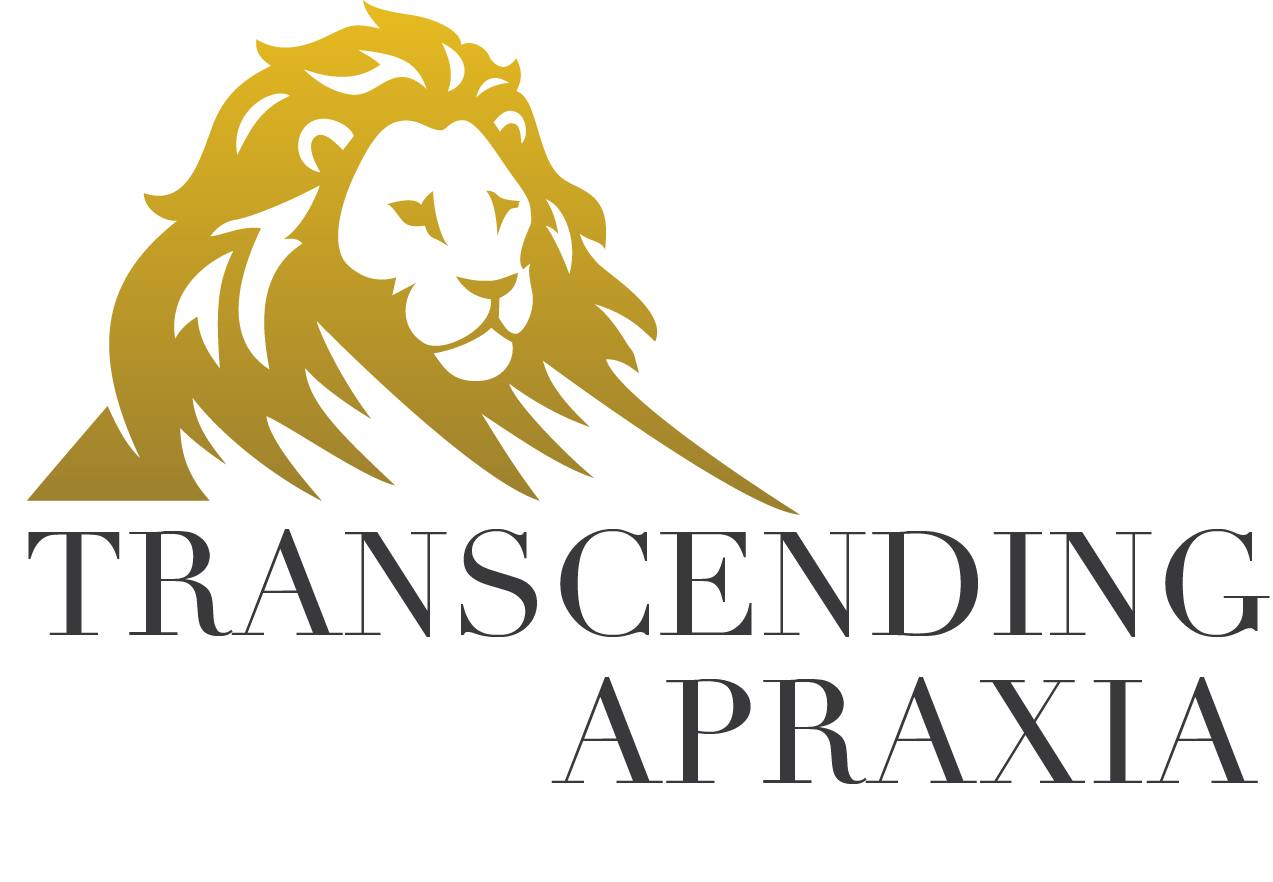My Career’s True North
This guest post entitled, “Working with Nonspeakers!" is written by Makenna Rubinstein.
As a recent graduate from SDSU I have many friends who are now wondering “So what am I going to do now?” Unlike them, I feel so fortunate to have known from a young age that my purpose is to work with the neurodiverse community. That said, I have often questioned the specific path in which my passion would guide me. Despite my various internships and experiences over the years, it was not until my current position at Transcending Autism & Apraxia that I became able to pinpoint my direction going forward.
My perspective on autism and other related disorders has been transformed by my exposure to Spelling to Communicate (S2C), Sensory Integration (SI)1 Theory and Occupational Therapy (OT). I now view the population of nonspeaking autistics as the most incredible group of individuals whose capabilities far transcend their diagnostic label(s). As a result I’m so inspired to pursue my graduate degree and become an occupational therapist that specializes in these areas. The idea of helping students access the skills & tools they need not only to achieve effective communication but also to learn to regulate their arousal levels and improve motor control is the perfect career combination in my opinion!
In my position at TAA I have assisted several autistic students in both their S2C and OT sessions. In so doing I have witnessed enormous and tangible results that continue to develop daily. Equally as important, I have seen the confidence of these individuals grow exponentially, as they learn to successfully direct their bodies and execute purposeful motor sequences. For some students that means directing their body to successfully point to target letters on a stencil or laminate board. For others it might mean being able to play a friendly game with a peer. For example, when working with Elliot, a 20 year old, non-reliably speaking autistic client, his brain-body disconnect had been evident in our ongoing Connect 4 battle. Elliot, a master on the letter boards, expressed his desire to improve his purposeful motor skills while playing a competitive and fun game. Elliot starts by spelling out his intended next move on the letterboard, which he does with total accuracy. Then together we work on his ability to move his body to our giant sized game board and execute purposeful motor sequences until he places his next disc in the precise column that he previously stated he was desiring. His ability to accurately “think, move and do” this sequence of steps has been improving weekly. In fact, some may argue that he is not only the reigning letterboard master, but he’s now a Connect 4 master as well!
With each S2C session I observe, I discover new dimensions to the practice and my desire to become an S2C Practitioner/OT is constantly affirmed. I continue to be inspired by the significant impact that a combination of S2C and purposeful motor practice has in allowing individuals to become their most confident and autonomous selves. In viewing these individuals through a lens of endless capabilities, we can all better advocate for intervention that focuses on their motor differences rather than their perceived social or behavioral deficits1. Now won’t that be an awesome paradigm shift in the direction of truly embracing neurodiversity?!
If you are interested in studying to become an S2C Practitioner please visit https://i-asc.org/training/ to find out more.
References:
Sensoryintegration.org.uk. 2020. What Is SI?. [online] Available at: <https://www.sensoryintegration.org.uk/What-is-SI> [Accessed 5 December 2020].
Donnellan, A., Hill, D. and Leary, M., 2020. Rethinking Autism: Implications Of Sensory And Movement Differences. [online] Dsq-sds.org. Available at: <https://dsq-sds.org/article/view/1060/1225> [Accessed 3 December 2020].




